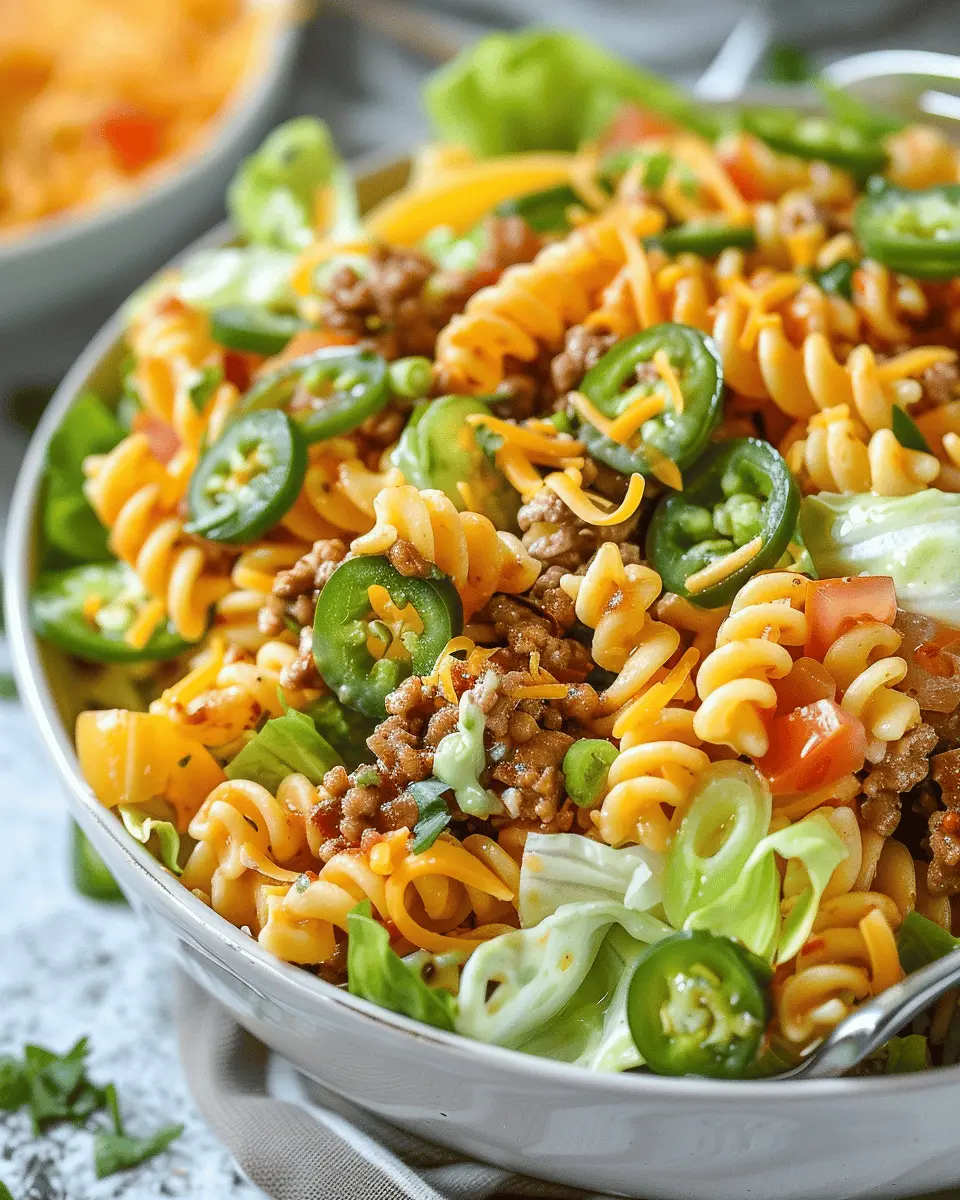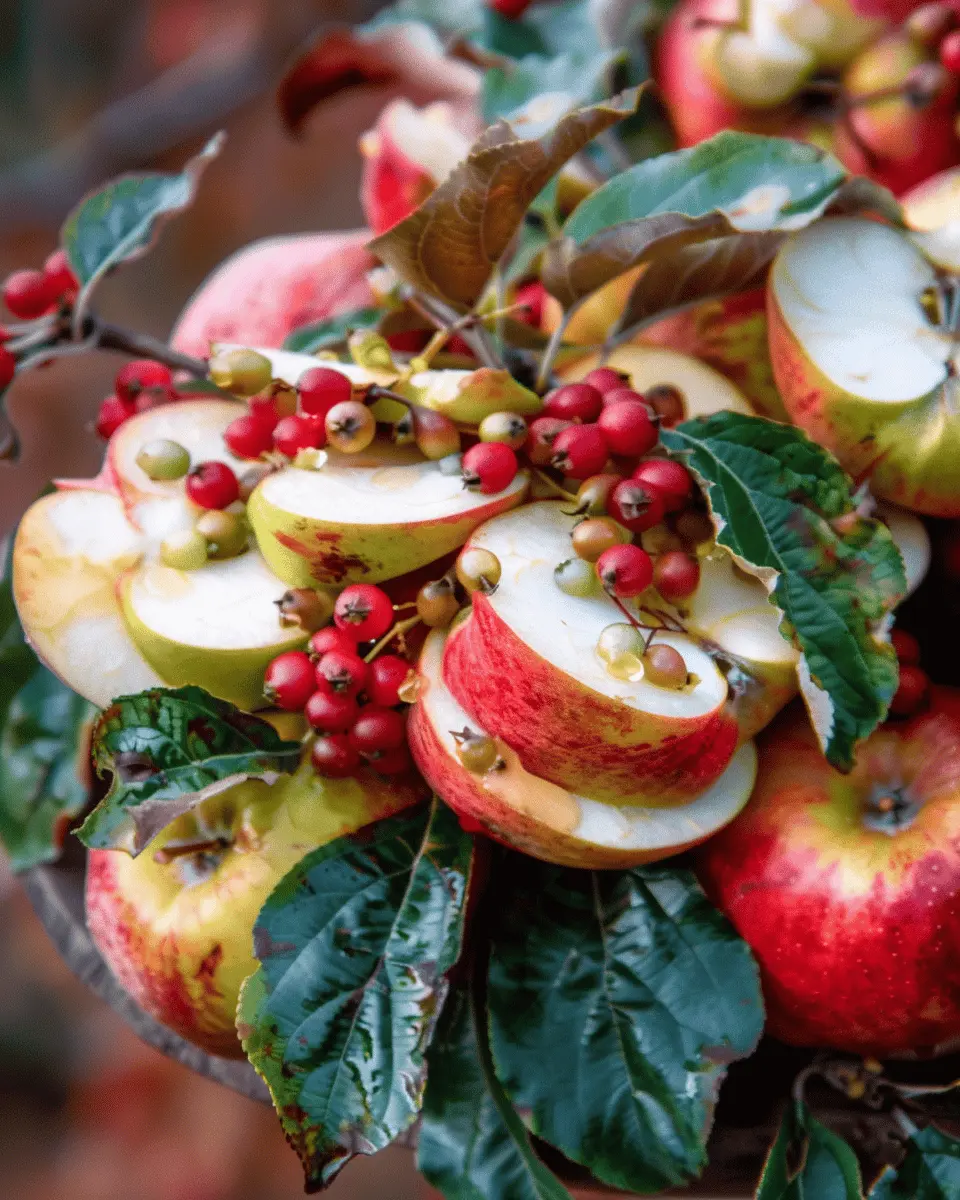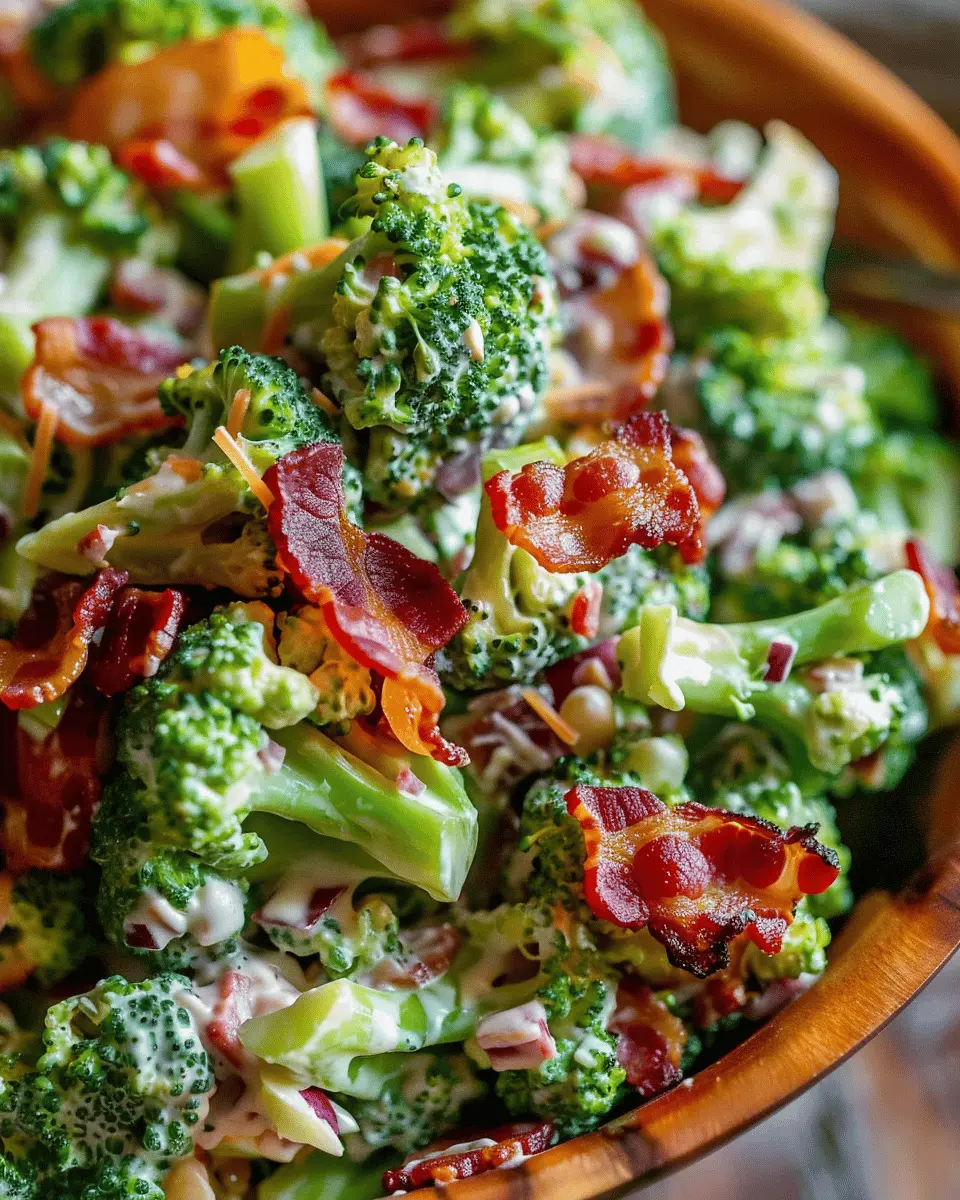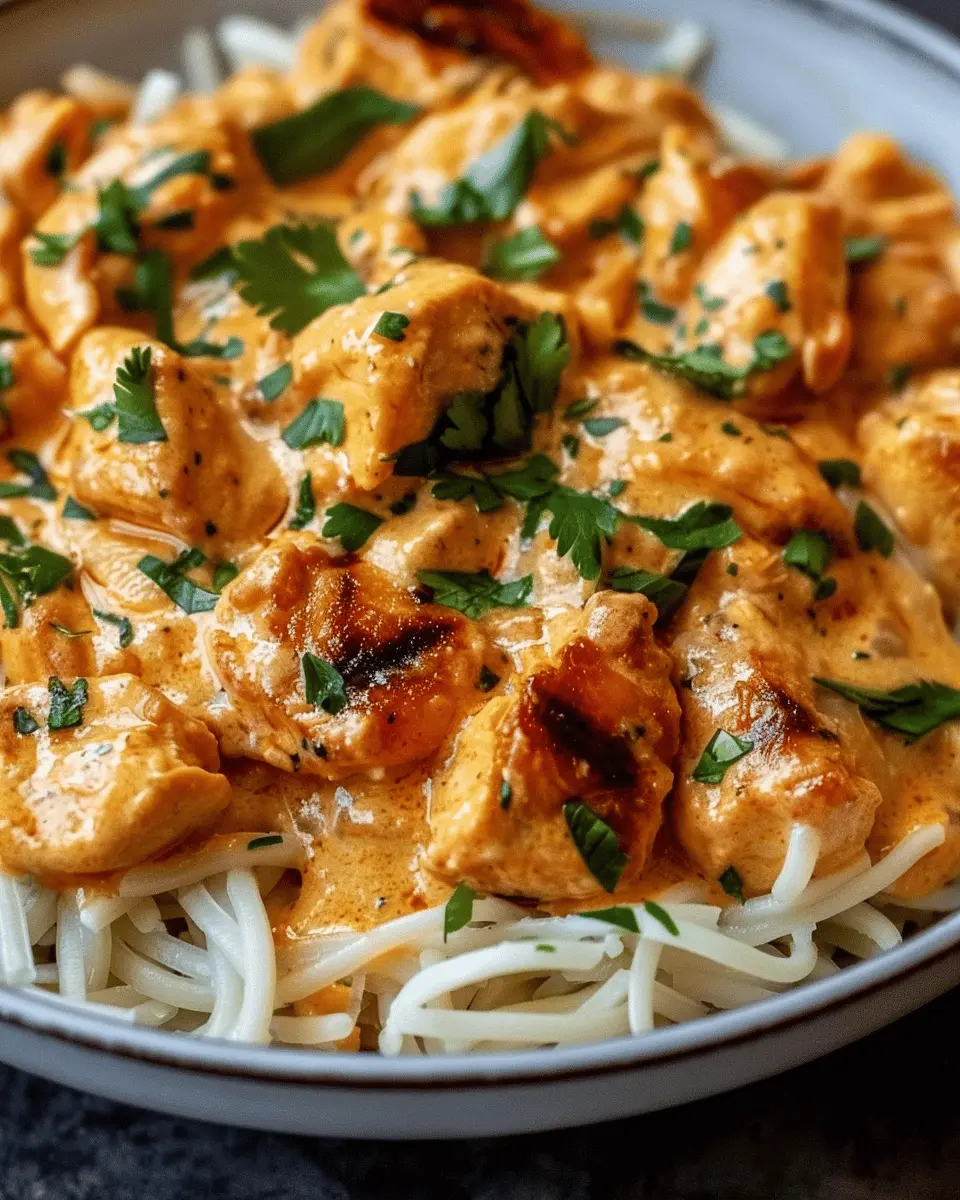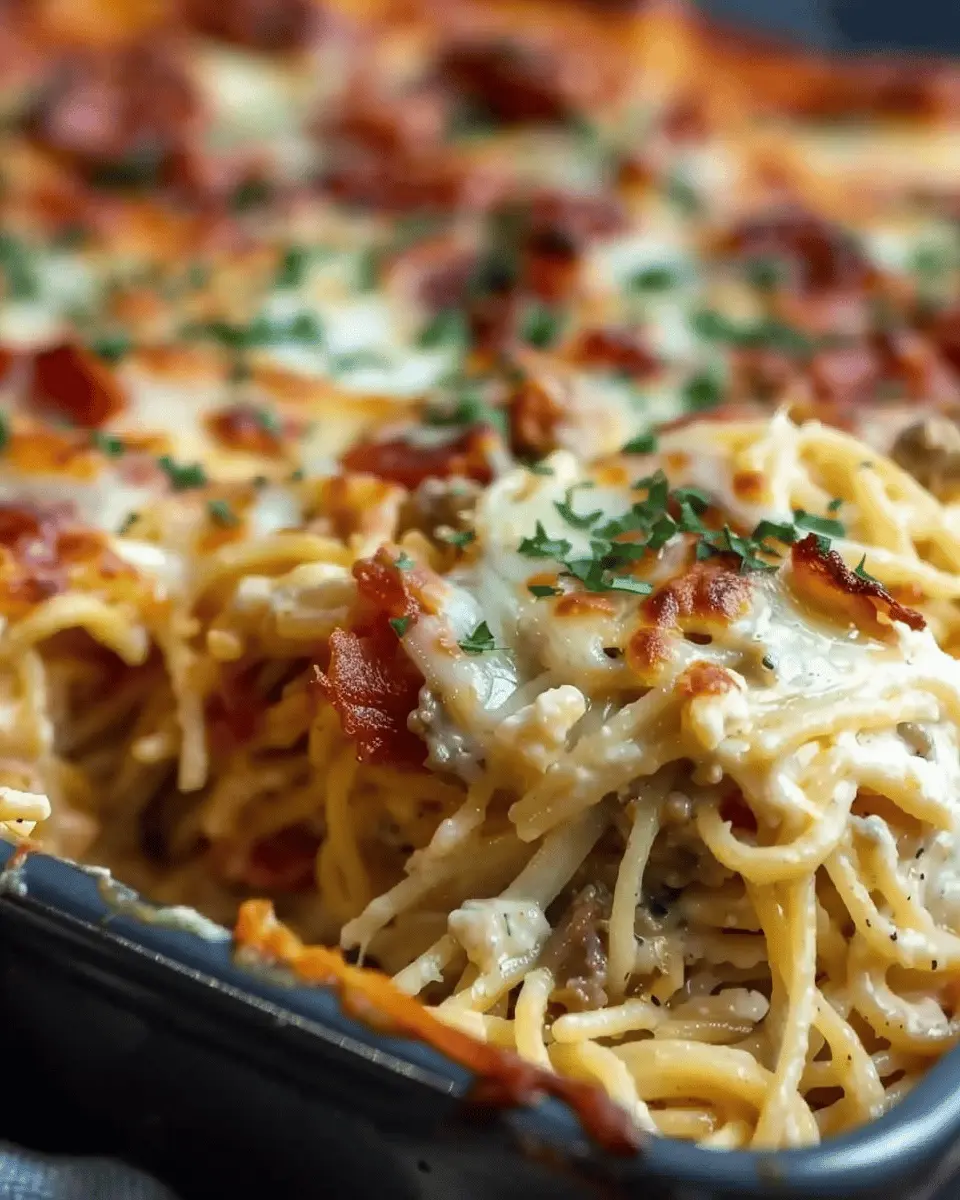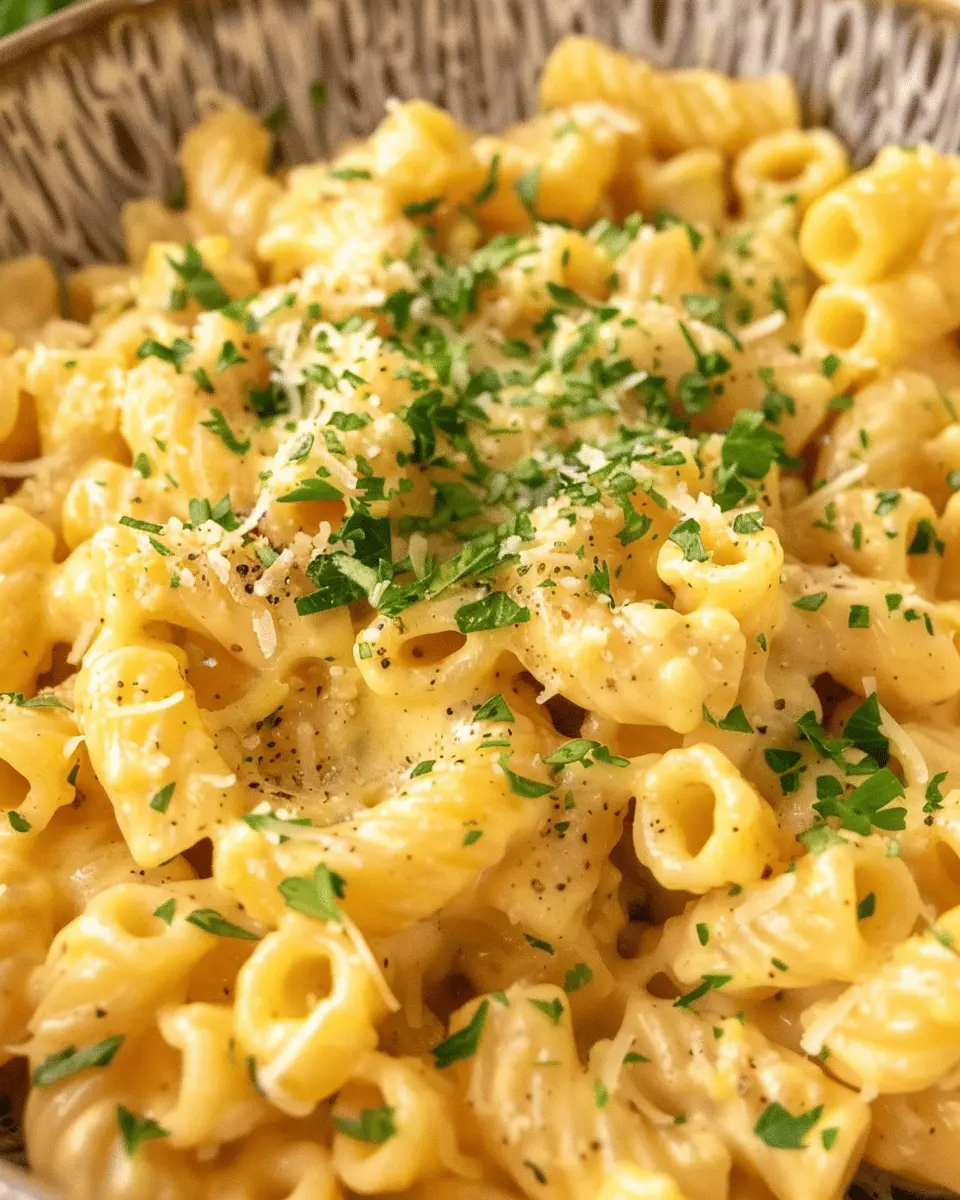Introduction to Amish White Bread
Have you ever savored a slice of homemade bread that evokes warmth, comfort, and a touch of nostalgia? That’s precisely what you’ll find with Amish white bread. This delightful bread has roots in Amish communities, known for their simplicity and wholesome ingredients. Making Amish white bread at home is not only an easy process but also a rewarding one, bringing the delightful aromas of fresh bread wafting through your kitchen.
What is Amish White Bread and Why Should You Make It?
Amish white bread is characterized by its soft, fluffy texture and slightly sweet flavor, making it a versatile staple in many households. It’s perfect for sandwiches, toast, or simply slathered with butter or your favorite jam. The beauty of this recipe lies in its simplicity—using basic ingredients like flour, yeast, sugar, salt, and water, you can create a loaf that packs in both flavor and nutrition.
Why should you consider making it? Here are a few compelling reasons:
-
Freshness: There’s nothing quite like the taste of freshly baked bread. When you make your own, you can control the ingredients, ensuring there are no preservatives or artificial additives.
-
Cost-Effective: Making bread at home is often more affordable than buying artisanal loaves from the store, especially for those who enjoy incorporating bread into their daily meals.
-
Craftsmanship: Bread-making can be a therapeutic process. Kneading dough can serve as a stress reliever, and there’s something rewarding about baking your own bread.
-
Community Connection: The Amish community’s focus on self-sufficiency and simplicity resonates in this recipe. By making Amish white bread, you’re embracing those values in your own home.
If you’re curious about enhancing your bread-making skills, consider checking resources like the King Arthur Baking Company or America’s Test Kitchen for tips and techniques.
In summary, why not bring the joy of Amish white bread into your kitchen? The process is straightforward, and the rewards—both in taste and experience—are truly worth it! Plus, homemade bread makes for a wonderful gift to share with friends and family.
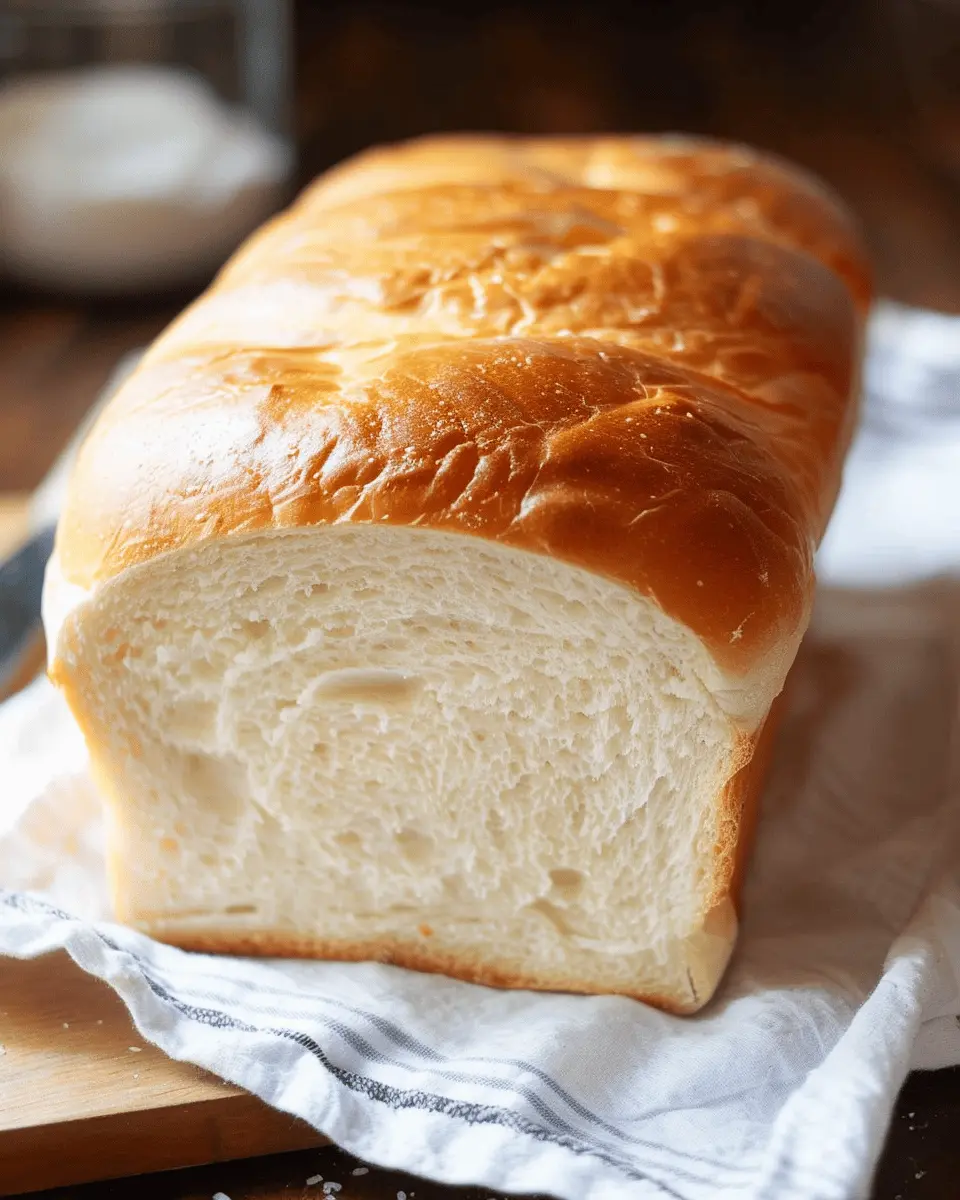
Ingredients for Amish White Bread
When it comes to baking a delicious loaf of Amish White Bread, having the right ingredients is key. Here’s a simple guide to the essential components that make this bread fluffy and delightful.
Essential ingredients for a fluffy loaf
To create the perfect loaf of Amish White Bread, you’ll need:
- All-purpose flour: This is the star ingredient that gives your bread structure and texture.
- Granulated sugar: A bit of sweetness helps with yeast activation and browning.
- Instant yeast: Using instant yeast will allow for a quicker rise, making the process smoother.
- Salt: A critical ingredient that enhances flavor and strengthens gluten.
- Warm water: This activates the yeast, so make sure it’s not too hot—think bathwater warm.
- Butter: For richness, you can use either melted or softened butter to enrich the dough.
By gathering these simple staples, you’re well on your way to baking a loaf that will fill your kitchen with intoxicating aromas and leave your friends asking for seconds! If you’re interested in exploring more about yeast and its role in baking, check out this informative resource from King Arthur Baking.
Jump into your baking adventure and remember, precision is key, but don’t be afraid to experiment!
Step-by-Step Preparation of Amish White Bread
Making Amish white bread is a rewarding experience that fills your home with delightful aromas and creates a comforting staple to enjoy with any meal. Let’s walk through the step-by-step preparation so that you can bake up your own soft, fluffy loaf!
Activate the yeast
Start your journey by activating the yeast, as this step is crucial for the perfect rise. In a small bowl, mix together:
- 2 ¼ teaspoons of active dry yeast
- 1 tablespoon of sugar
- 1 cup of warm water (about 110°F)
Allow this mixture to sit for about 5-10 minutes until it becomes frothy. This indicates that your yeast is alive and ready to work its magic. If you don’t see bubbles, it might mean your yeast is old or the water temperature was off, and you’ll need to try again.
Combine dry ingredients
While your yeast is bubbling away, it’s time to combine the dry ingredients. In a large mixing bowl, whisk together:
- 4 cups of all-purpose flour
- 1 tablespoon of salt
Mix these well to ensure that the salt is evenly distributed, which will help your Amish white bread develop a balanced flavor. If you’re looking for more tips on the flour type, check out this guide from the King Arthur Baking Company.
Knead the dough
Once your yeast is activated and your dry ingredients are mixed, it’s time to bring everything together. Pour the yeast mixture into the bowl with the flour and salt. Stir until the dough begins to form, then transfer it to a floured surface.
Knead the dough for about 8-10 minutes. This process helps to develop gluten, which gives bread its structure. You’ll know it’s ready when the dough is smooth and elastic. If you feel like you need a few more tips, check out this excellent resource on kneading techniques from BBC Good Food.
First rise
Place the kneaded dough in a lightly greased bowl, cover it with a damp kitchen towel or plastic wrap, and let it rise in a warm, draft-free environment. Ideally, it should rise for about 1 to 2 hours, or until it has doubled in size. This is the perfect time to clean up your workspace and prepare your heart for the delicious bread that awaits!
Shape the dough
Once your dough has risen beautifully, it’s time to shape it. Gently punch it down to release some air, then transfer it back to your floured surface. Shape the dough into a rectangle, then roll it tightly into a log to fit into your greased loaf pan.
Second rise
After shaping, place your formed dough into the loaf pan, cover it again, and let it rise for another 30-45 minutes. During this time, the dough will puff up nicely. Preheat your oven to 350°F (175°C) to get it ready for baking.
Bake to perfection
It’s finally time to bake your Amish white bread. Place the loaf pan in the preheated oven and bake for 30-35 minutes, or until the top is golden brown and sounds hollow when tapped. For that lovely golden crust, you can brush the top with a little melted butter right as it comes out of the oven.
Now, let it cool slightly before slicing into your warm, fluffy bread. Enjoy your homemade Amish white bread with your favorite turkey bacon or chicken ham, or just slather it with some butter and jam. Bon appétit!
By following these simple steps, you’ll have a delicious loaf ready to impress family and friends alike. There’s nothing quite like the satisfaction of making bread from scratch, right? Happy baking!
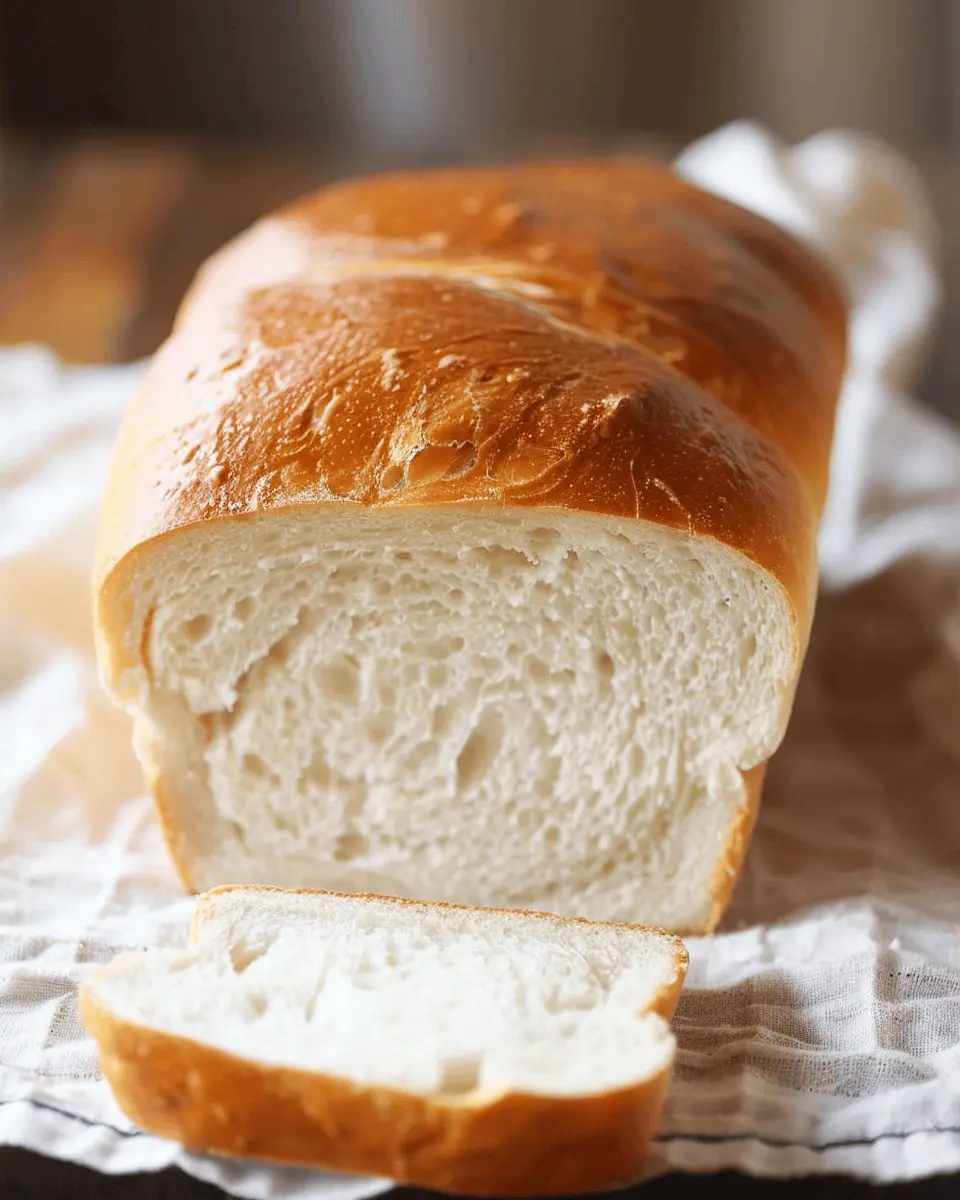
Variations on Amish White Bread
Amish white bread is a delightful canvas for creativity in the kitchen. While the classic version is a beloved staple, experimenting with variations can elevate your bread-making game. Here are three mouthwatering alternatives to consider the next time you indulge in this comforting bake.
Whole Wheat Amish Bread
Switching from all-purpose flour to whole wheat flour brings a nutty flavor and extra nutrition to your Amish white bread. Whole grains are packed with fiber, contributing to digestive health. To create this variation, use half whole wheat flour and half all-purpose flour. You may need to adjust the liquid slightly, as whole wheat absorbs more moisture. Not only will you enjoy a rustic taste, but you’ll also be boosting your intake of essential nutrients.
Herb-Infused Amish Bread
For a savory twist, why not try an herb-infused Amish white bread? Simply mix in a selection of your favorite herbs—such as rosemary, thyme, or basil—into the dough. This variation pairs beautifully with soups and stews, making it a fantastic side for cozy dinners. You could even experiment with adding garlic or cheese for a truly decadent loaf. Get ready for your kitchen to be filled with irresistible aromas!
Sweet Amish Bread with Cinnamon
If you have a sweet tooth, a cinnamon-infused variation might be your go-to. Incorporate sugar and ground cinnamon into the dough, and consider adding raisins or chopped apples for extra sweetness. This version is perfect for breakfast or as a delightful treat with coffee. Just imagine enjoying slices warm from the oven, the fragrance of cinnamon wafting through your home; it’s pure bliss!
These variations on Amish white bread not only allow for experimentation but can also turn an everyday recipe into something truly special. Why not try them out and discover which variation tickles your taste buds?
Cooking Tips and Notes for Amish White Bread
Common Mistakes to Avoid
When making Amish white bread, one common mistake is not allowing the dough to rise properly. Patience is key! Make sure your yeast is fresh—if it doesn’t foam when activated, toss it and start over. Also, be cautious not to over-knead the dough; it should be smooth but still slightly tacky. Don’t forget to use the right ingredients. A higher protein flour yields a better structure.
Storage Tips for Freshness
To maintain the delightful freshness of your Amish white bread, store it at room temperature in a sealed plastic bag or an airtight container. If you plan to keep it longer, freeze individual slices wrapped in plastic and then in foil. This way, you can toast them directly from frozen, enjoying that homemade taste any time!
For more tips on bread-making techniques, check out King Arthur Baking’s resources where they dive into the science of bread baking. Happy baking!
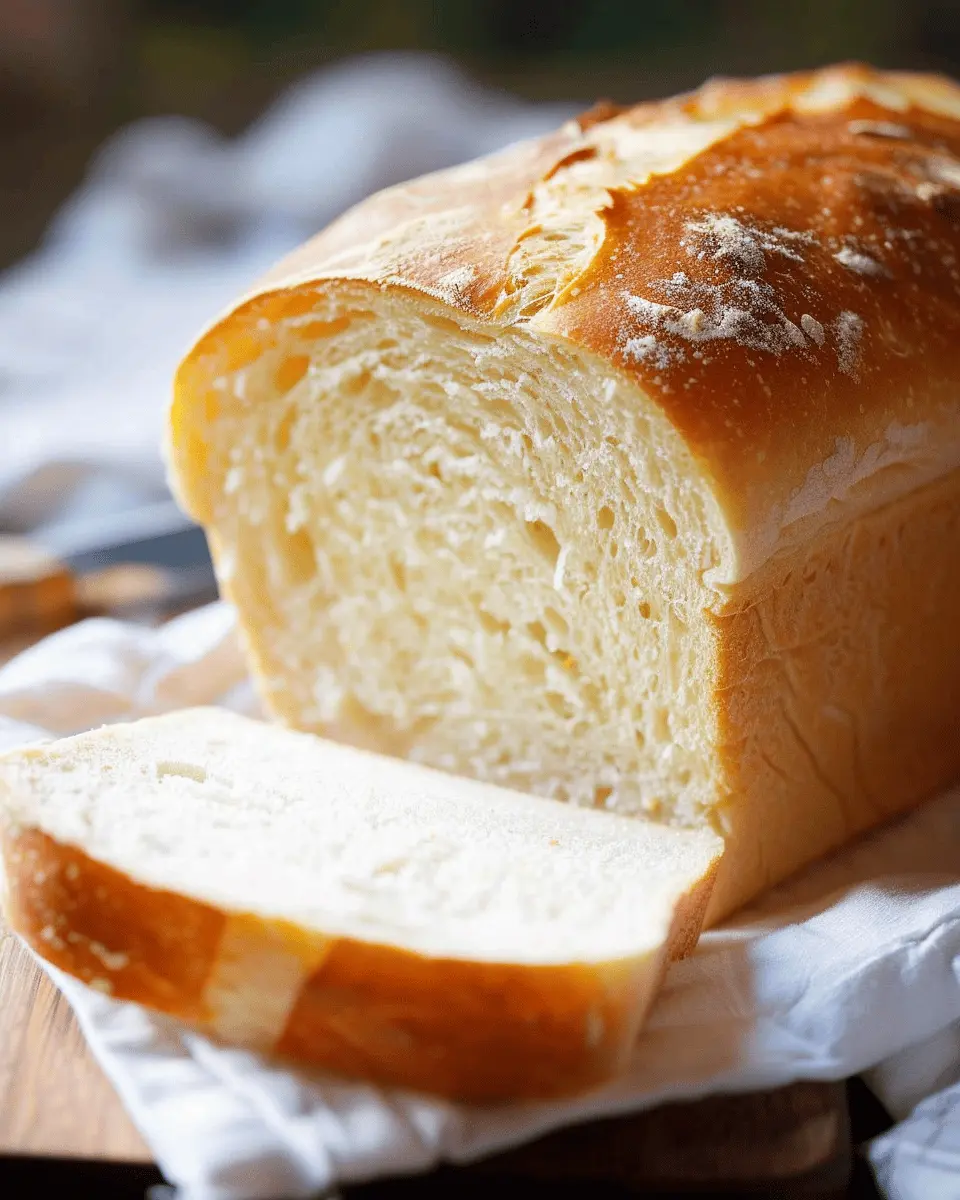
Serving Suggestions for Amish White Bread
Best Toppings and Spreads
When it comes to Amish white bread, the right toppings can elevate your slice from simple to sensational. Here are some delightful options to consider:
- Butter and Jam: A classic combination that never fails to impress. Try using local fruit preserves for an authentic touch.
- Cream Cheese and Chives: This savory option adds a creamy texture with a hint of freshness.
- Avocado Toast: Smash up some avocado and add a sprinkle of salt for a modern twist that’s packed with flavor and nutrients.
Creative Sandwich Ideas
Feeling adventurous? Turn your Amish white bread into mouthwatering sandwiches that will wow your taste buds. Consider these culinary creations:
- Turkey Bacon Club: Layer crispy turkey bacon, lettuce, and fresh tomatoes for a satisfying meal.
- Chicken Ham and Cheese Melt: Use a gooey cheese like gouda or cheddar, then melt everything in the oven for a comforting, gooey treat.
- Mediterranean Veggie: Stuff your bread with hummus, roasted red peppers, cucumbers, and feta cheese for a healthy and vibrant option.
These ideas not only make use of your homemade bread but also allow you to explore various flavor profiles. For more inspiration on toppings and ingredients, check out Bon Appétit for numerous creative recipes that can complement your Amish white bread. Enjoy experimenting!
Time Breakdown for Amish White Bread
Preparation time
Getting started on your Amish white bread is easy! You’ll need about 15–20 minutes to gather your ingredients and mix everything together. This is the fun part—don’t forget to enjoy the process!
Rising time
Patience is key here! Allow your dough to rise for around 1 to 1.5 hours. During this time, you can kick back with a cup of coffee or catch up on your favorite podcast. Just make sure the dough doubles in size.
Baking time
Once your dough has risen, it’s time to bake! This takes approximately 30–35 minutes, during which your kitchen will fill with a delightful aroma that will make waiting well worth it.
Total time
In total, you’re looking at about 2–2.5 hours from start to finish, including preparation, rising, and baking. It might seem like a while, but trust me, the result is a delicious loaf of Amish white bread that’s well worth the wait.
For more tips on bread-making techniques, check out resources from sites like King Arthur Baking or The Bread Lab.
Nutritional Facts for Amish White Bread
Calories per slice
When enjoying a slice of Amish white bread, you can expect about 80-100 calories, depending on the thickness of the slice. This makes it a delightful addition to your meals without offensive calorie counts. Perfect for toast, sandwiches, or simply slathered in butter, it offers a versatile option for your culinary adventures.
Nutrients to note
While it may be easy to dismiss white bread as a simple carb, Amish white bread provides some essential nutrients worth noting:
- Carbohydrates: A great source of energy.
- Protein: Helps with muscle repair and growth.
- B vitamins: Important for energy metabolism.
- Fiber: Minimal, but if you opt for whole wheat versions, you’ll reap more benefits.
For more detailed nutritional breakdowns, check out resources like the USDA FoodData Central for comprehensive information. Enjoy this comforting bread as part of a balanced diet, and don’t hesitate to pair it with healthier toppings like avocado or a slice of turkey bacon!
FAQs about Amish White Bread
Baking bread can be both an art and a science. If you’re stepping into the world of Amish white bread, you may find yourself with a few questions. Here are some common queries to help you navigate your baking journey.
Why is my bread not rising?
A lack of rise in your Amish white bread can be frustrating. Here are a few reasons why it might be happening:
- Inactive Yeast: Make sure your yeast is fresh. Always check the expiration date and consider proofing it in warm water with a pinch of sugar before adding it to your dough.
- Temperature: Yeast thrives in a warm environment. If your kitchen is too cold, your dough may not rise properly. Try placing it in a warmer spot or using the oven with just the light on.
- Overworking the Dough: Kneading is essential, but too much can damage the yeast’s structure, so be gentle when kneading.
Can I freeze Amish white bread?
Absolutely! Freezing is a fantastic way to prolong the life of your Amish white bread. Once fully cooled, wrap it tightly in plastic wrap or aluminum foil, and then place it in an airtight container or freezer bag. It can last up to three months in the freezer. When you’re ready to eat, simply thaw it at room temperature.
How do I know when my bread is done?
The perfect bake is achieved when you can knock on the bottom of the loaf and hear a hollow sound. Alternatively, you can use a thermometer; the internal temperature should reach around 190°F to 200°F. If you’re unsure, checking multiple loaves can be a great way to calibrate your baking timing.
For more in-depth bread baking tips, consider checking out resources from the American Institute of Baking or The Bread Lab, both known for their insightful articles on bread making. Happy baking!
Conclusion on Amish White Bread
Embracing homemade bread for a healthier lifestyle
Making your own Amish white bread is more than just a delightful cooking project; it’s a step toward a healthier lifestyle. Home-baked bread allows you to control the ingredients, steering clear of preservatives and additives found in store-bought varieties. Plus, the aroma of fresh bread wafting through your kitchen is a sense of joy that you simply can’t replicate.
Why not gather some friends or family members for a baking day? Not only will you create cherished memories, but you’ll also have a delicious supply of bread that’s both satisfying and nutritious. If you’re interested in health-conscious baking tips, check out resources from the Whole Grains Council for even more insights. Enjoy the warmth and nourishment of freshly baked bread in your everyday meals!
PrintAmish White Bread: The Best Homemade Loaf for Your Family
Discover the secrets to making the best Amish white bread that will delight your family with its soft texture and delicious flavor.
- Prep Time: 20 minutes
- Cook Time: 35 minutes
- Total Time: 1 hour 30 minutes
- Yield: 1 loaf 1x
- Category: Bread
- Method: Baking
- Cuisine: American
- Diet: Vegetarian
Ingredients
- 4 cups all-purpose flour
- 1 tablespoon sugar
- 1 tablespoon salt
- 2 teaspoons instant yeast
- 1 ½ cups warm water
Instructions
- In a large mixing bowl, combine flour, sugar, salt, and yeast.
- Gradually add warm water to the dry ingredients while stirring until a dough forms.
- Knead the dough on a floured surface until smooth.
- Place the dough in a greased bowl, cover, and let rise until doubled in size.
- Punch down the dough, shape it into a loaf, and place it in a greased loaf pan.
- Cover and let it rise again until it has doubled.
- Bake in a preheated oven at 350°F (175°C) for 30-35 minutes.
- Remove from the oven and let cool before slicing.
Notes
- For a richer flavor, you can add a bit of milk to the water.
- Ensure your yeast is fresh for the best rise.
Nutrition
- Serving Size: 1 slice
- Calories: 120
- Sugar: 1g
- Sodium: 200mg
- Fat: 1g
- Saturated Fat: 0g
- Unsaturated Fat: 0g
- Trans Fat: 0g
- Carbohydrates: 24g
- Fiber: 1g
- Protein: 4g
- Cholesterol: 0mg
Keywords: AMISH WHITE BREAD



